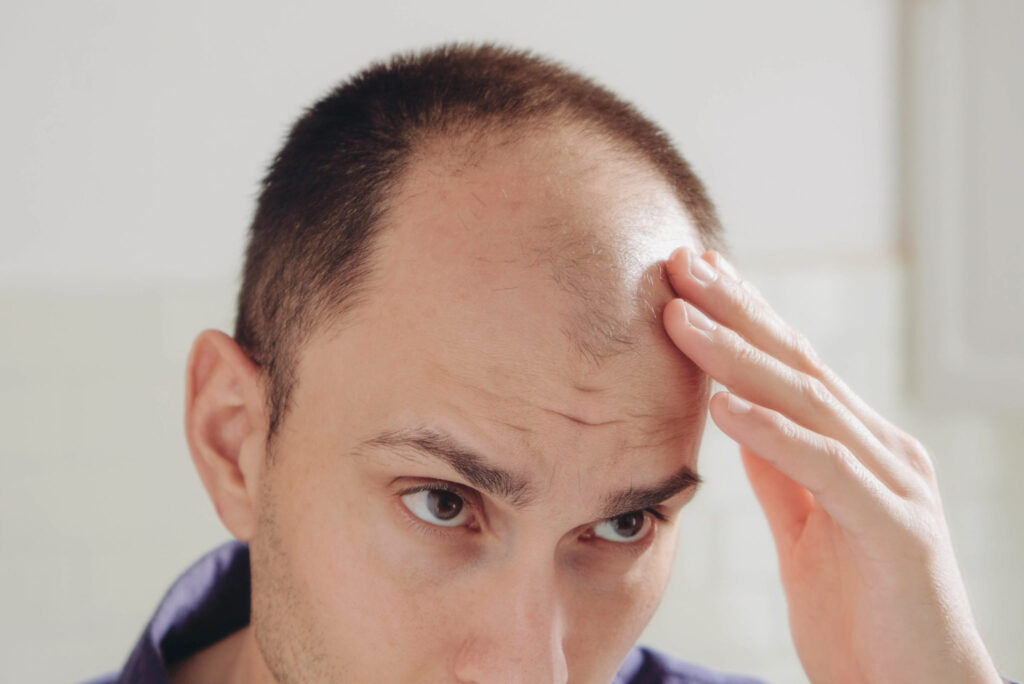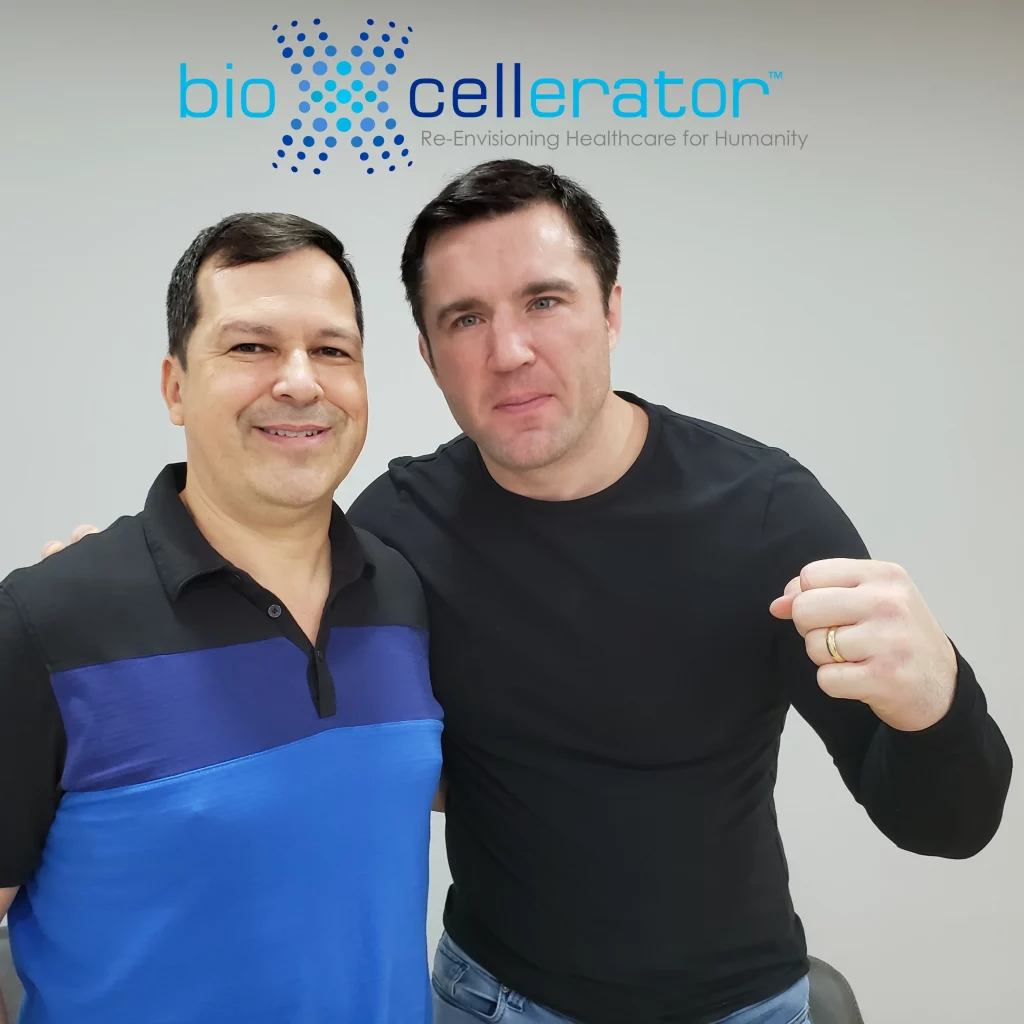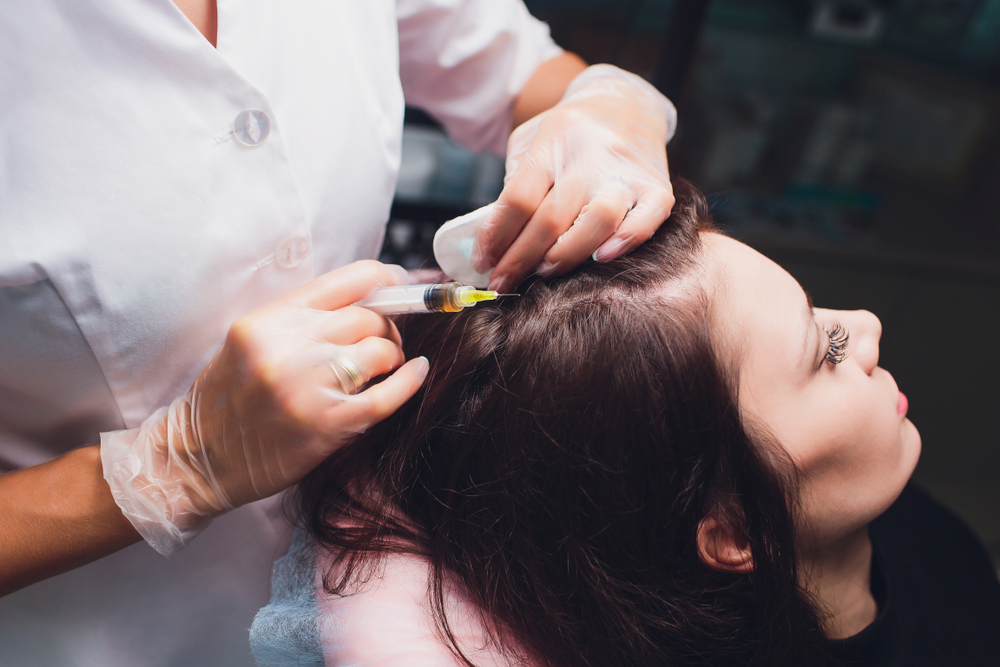
A large segment of the general population suffers from hair loss. By the age of 35, more than two-thirds of men will experience some form of hair loss. Even though hair loss may seem like a minor medical issue, patients can have a reduced quality of life. Patients may suffer from confidence issues, heightened self awareness, lower self esteem, especially for women patients.
There are countless factors that can influence hair loss, such as aging, diseases, hormones, and more. Hair loss may be driven in part by the functional loss of follicular stem cell activity on the scalp. When there is less stem cell activity, then there is a greater chance that hair follicles will stop functioning.
Current treatments are not entirely effective in preventing hair loss in the long term. For example, hair transplantation is an invasive procedure and not always possible for patients with severe hair loss. Other treatment methods, such as ointments often do not have consistent results for large patient groups. Patients can quickly run out of treatment options and have no other options.
The medical community is looking for alternative treatments, such as stem cell therapy, for patients who suffer from hair loss. Human umbilical cord blood-derived mesenchymal stem cells may be able to promote tissue repair. Stem cells have regenerative and anti-inflammatory effects. But, researchers do not fully understand how stem cells are able to facilitate tissue repair and regeneration. The medical community can develop better hair growth treatments if researchers can understand the regenerative capacity of stem cells.
A study, Human umbilical cord blood mesenchymal stem cells engineered to overexpress growth factors accelerate outcomes in hair growth, researchers investigated the promising effects of human umbilical cord blood mesenchymal stem cells in promoting hair growth. Additionally, part of the research was to understand the factors behind why stem cells are able to encourage hair growth. This research can help the medical community achieve better outcomes when they understand how stem cells can improve hair loss treatments.
An Exciting Animal Study
Researchers in South Korea were interested in how stem cells affected the growth of hair. The researchers obtained mice to use for this study. The researchers induced hair loss on the mice and gave them injections of stem cells. The researchers found that after six weeks, the group that was given stem cells had impressive hair regrowth.
The study clearly shows that stem cells are able to help stimulate hair growth in patients. Researchers suspect that stem cells are not the main components of new hair follicles, but play a role in assisting dermal cells create new tissue generation. This effect is known as the paracrine effect, where stem cells stimulate patient cells to regenerate deceased tissue without the cells contributing directly to the new tissue.
The researchers wanted to better understand the underlying mechanisms of how stem cells are able to encourage hair growth. The skin was harvested from all groups and studied by the researchers. Unlike human stem cell studies where the skin would not be harvested, this study could study the cellular mechanisms of the new hair follicles.
Researchers found that stem cells increase the viability and up-regulated various proteins. Hair growth was achieved through the stimulation of various proteins. The study found that insulin-like growth factor binding protein-1 and vascular endothelial growth factor both increased. These proteins and factors restores and promotes the hair growth ability of hair follicle dermal cells.
Researchers believe that stem cells are able to stimulate these hair growth-related proteins of human dermal papilla cells. The study also found that IGFBP-1, through the colocalization of an IGF-1 and IGFBP-1, had positive effects on cell viability. The hair follicles may be regenerated to grow new hair.
The study concluded that stem cells can restore the ability of hair follicle dermal papilla cells to regenerate hair follicles. The hair follicles are restored to their original capacity and can grow hair. Researchers will need to conduct further studies to better understand how stem cells encourage hair growth. The researchers were hopeful that stem cells can be an effective alternative treatment for patients who are suffering from baldness.
Stem cells may be able to accelerate the hair follicle transition, increase the number of hairs, and enhance protein expression related to hair growth. There is a good chance that stem cell therapy plays a role in treating hair loss in the future. There may come a day where baldness is treated through a few injections of stem cells into the scalp.

